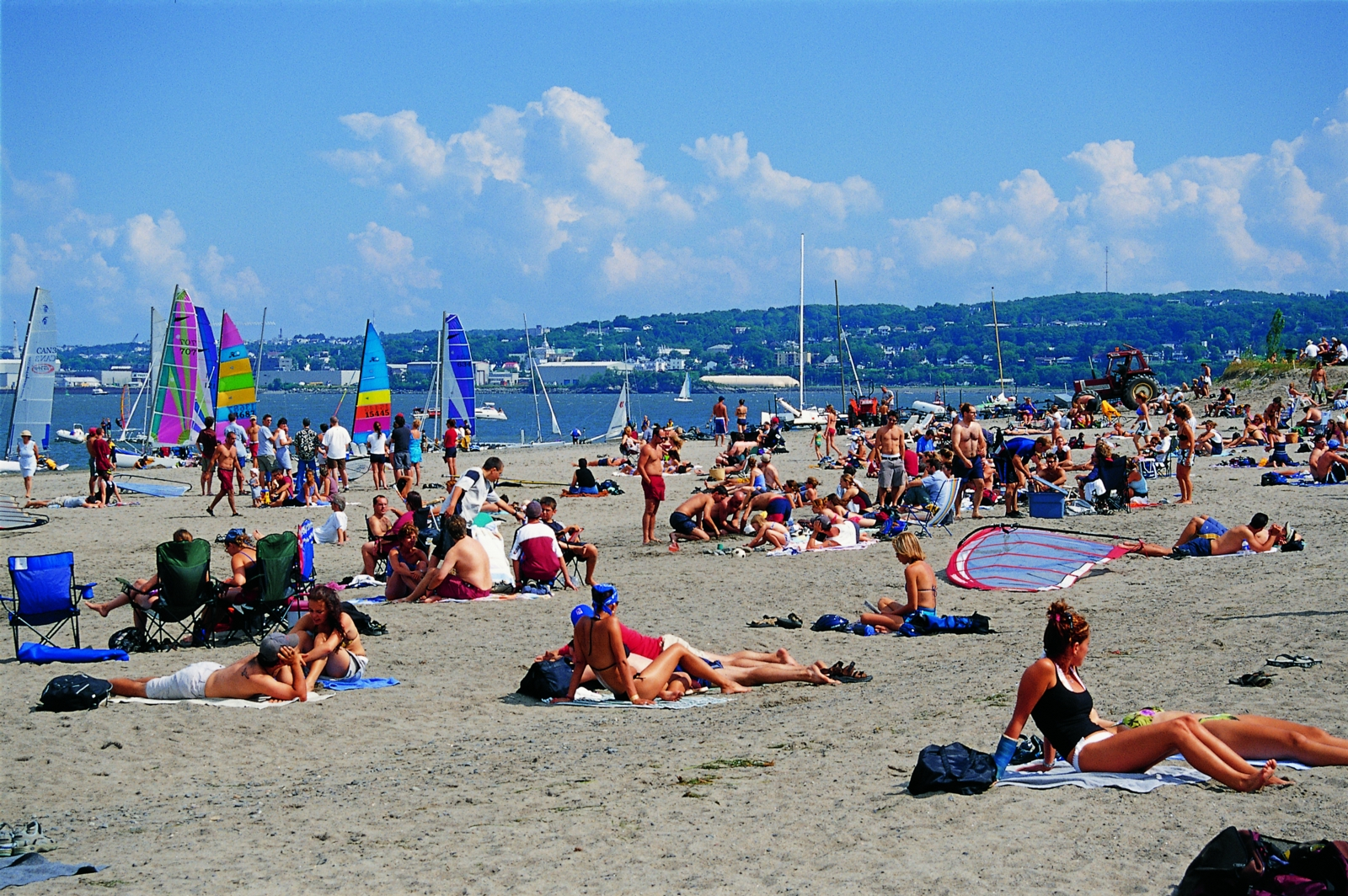AJ Keyes, PortStategies.com, publié le 20 novembre 2019
Quebec Port Authority (QPA) plans to enter the container port business. It has Hutchison Ports and Canadian Railway on board already, but is it viable, asks AJ Keyes.
The QPA has announced that the “St. Lawrence supply chain lacks a deep-water container terminal to compete effectively with ports on the US East Coast and to take advantages of the improved transportation economies of using larger container vessels that require deep water.”
In addition, QPA also stated that the Laurentia expansion is necessary because the existing port is operating at fully capacity. At its Annual Meeting in June 2019, for its most recent fiscal year period the port authority announced that 27.6 million tonnes of cargo was handled, with “significant increases in the agrifood and liquid bulk sectors.”
However, this is not currently a port handling container traffic and the Laurentia project represents a move towards having a fully containerised terminal. The C$775 million project will see a 450m expansion of the port’s existing wharf, an additional two berths and a17ha handling and storage area.
The four-year construction plan will deliver capacity of 500,000 TEU per annum. In May 2018, QPA reached an agreement with global container terminal operator, Hutchison Ports and Canadian National Railway to develop the new facility, with the project to be financed by the three partners.
QPA is to pay for the wharf infrastructure (and remains in discussion with federal and provincial governments to complete the financing at the time of writing in Mid-October 2019) and Hutchison Ports to meet terminal and equipment costs.
The Laurentia project represents the first involvement in North America for Hutchison Ports, despite a long-standing interest in the region. Eric Ip, Group Managing Director of Hutchison Ports confirmed the target market and thinking behind the project, as he announced at the time of project confirmation.
“With its fully intermodal deep-water port, its strategic location to reach the Midwest market, and the strong support shown by the local authorities, the Quebec project has all the attributes to be successful in this highly important market.”
Serving the US Midwest markets requires a competitive port option, as highly-experienced consultant, Andrew Penfold, Director, Maritime & Ports at WSP, confirmed. “For the Laurentia project to be a viable option in the North American port market, it will need to offer highly-competitive cost and time schedules because there are already a number of East Coast and West Coast ports on the continent also competing.”
Mr. Penfold also added, “However, that is not to say it cannot be an effective option, if the right infrastructure and logistics transportation partners are involved and the through transport costs offered to shippers are appealing.”
As a statement of intent, QPA has also hired Don Krusel as Managing Director of the Laurentia project and the rationale for the decision is easy to understand. For 25 years Mr. Krusel was CEO of Prince Rupert and under his tenure the port was transformed from a small regional facility to a fast-growing container option, specialising in Asian imports moving directly to intermodal train for onward distribution to major US and Canadian markets.
When he left Prince Rupert in 2017, the port was under the operating control of DP World, handling more than 900,000 TEU (and has since surpassed 1 million TEU) and has known plans for further port expansion.
So, the obvious question is, will Laurentia work and what does it need to do next? Well, according to Andrew Penfold, the initial requirements are being addressed. “A recognised and creditable terminal operator is in place and with CN Railway then competitive intermodal rail is also taken care of. The QPA approach of “go deep” to be handle larger container ships is also relevant”
However, he added a note of caution. “The port market and transport networks are highly competitive, although the Prince Rupert blueprint shows it is possible to serve more distant markets under certain conditions. Ultimately, it will come down to transport costs and reliability of service, plus which container shipping lines are prepared to switch to a new untried port over more established networks through New York/New Jersey and Virginia.”

